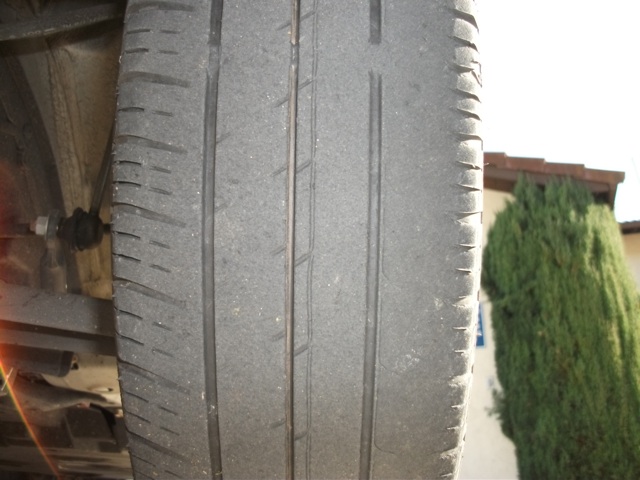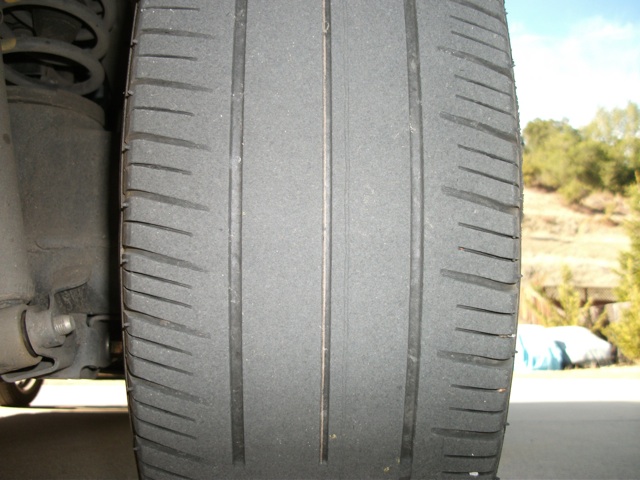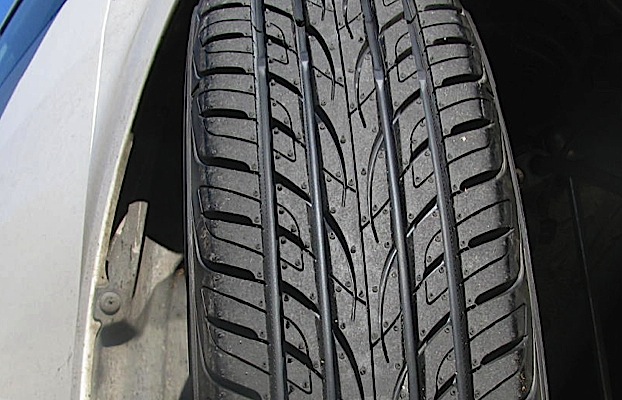He's losing his speed only because he tried to take the corner too fast and he finally lifted off the throttle, rather than run off the course. The iMiEV is understeering horribly all the way through the corner at 1:07 - He's going way too fast to hold the line and when he's nearly run out of racetrack at corner exit, he gets off the throttle and then suffers trailing throttle oversteer - No sign of oversteer in the corner . . . . he's understeering all the way through, can't hold the line and drifting wide. Classic understeerRobertC said:If the i-MiEV can't correct the oversteer quickly the back end continues to slide out and the the i-MiEV loses its speed as you can see at 1:07 in the i-MiEV race video
Robert, I love you too man, but the definition of understeering is . . . . "going way too fast to make that turn" - There is NO sign of oversteer in your video until he has exited the corners and then lifted to keep from running off the track. Trailing throttle oversteer trying to correct for his understeer through the corners. He does it several timesAt 2:02 in the video the i-MiEV's front wheels are straight and are not skidding. The back wheels skid and the car is oversteering. He's not understeering, he's just going way too fast to make that turn.
If you want a good lesson in an understeering car which suffers from trailing throttle oversteer when you let off and try to correct, read up on the rear engine Porsches . . . . they behave much as the iMiEV does in your video, but at much higher speeds. When you lose the front end of a 911 in a corner, things are about to get very exciting!
http://www.examiner.com/article/race-car-driving-techniques-101-handling-understeer-oversteer-and-other-racing-jargon
From the above link: "What to do when experiencing understeer depends on what sort of car you are driving. If you happen to be in a front engined, front wheel drive car then you will want to lift off of the throttle (accelerator) and continue turning which should get the back end to slide around and help you turn a bit more.
This technique works the same in a rear engined, rear wheel drive car as well. This is why you hear stories of Porsche 911 drivers going for a spin if they enter a turn to fast. They of course lift off of the throttle and in turn ignite the sort of pendulum / hammer effect that takes them for a spin."
Pendulum and hammer. At 1:07, the iMiEV is behaving much like a rear engine Porsche - Understeering and then oversteering badly when the driver lifts off the throttle to try to correct. He almost spins it off the other side of the course
I know, I know - You'll say no 911 could possibly understeer because they are rear engine, RWD and tail heavy (just like the iMiEV) but understeering is what they all suffer from . . . . until you lift the throttle mid-way through a turn trying to correct the understeer. Video proof of the iMiEV doing the exact same thing at 1:07 in the video
Again - Look at Joe's front tire. If his car wasn't understeering badly, his steering axle tires would have lasted longer than the drive axle tires . . . . but they didn't
Don







































